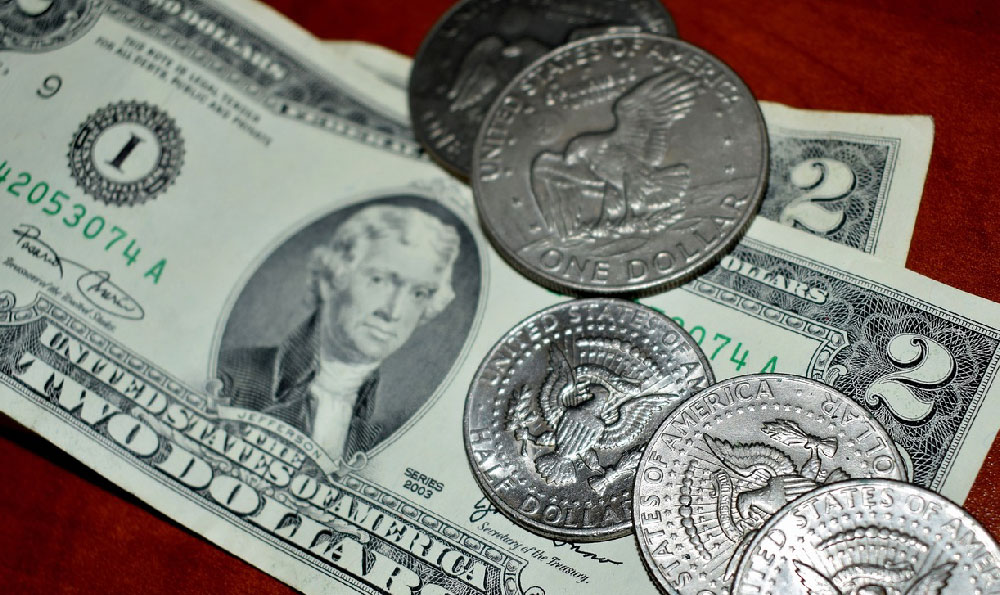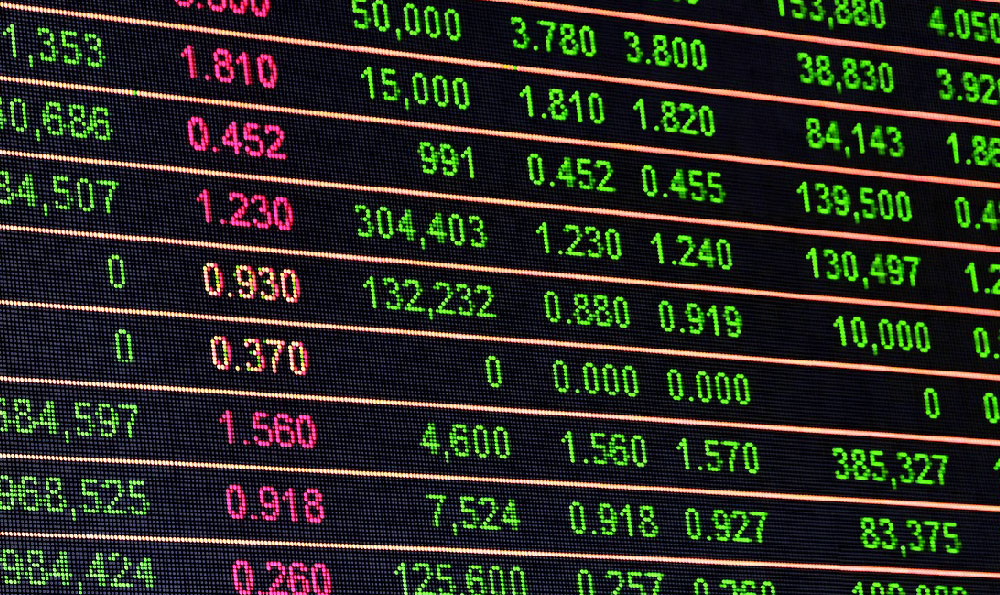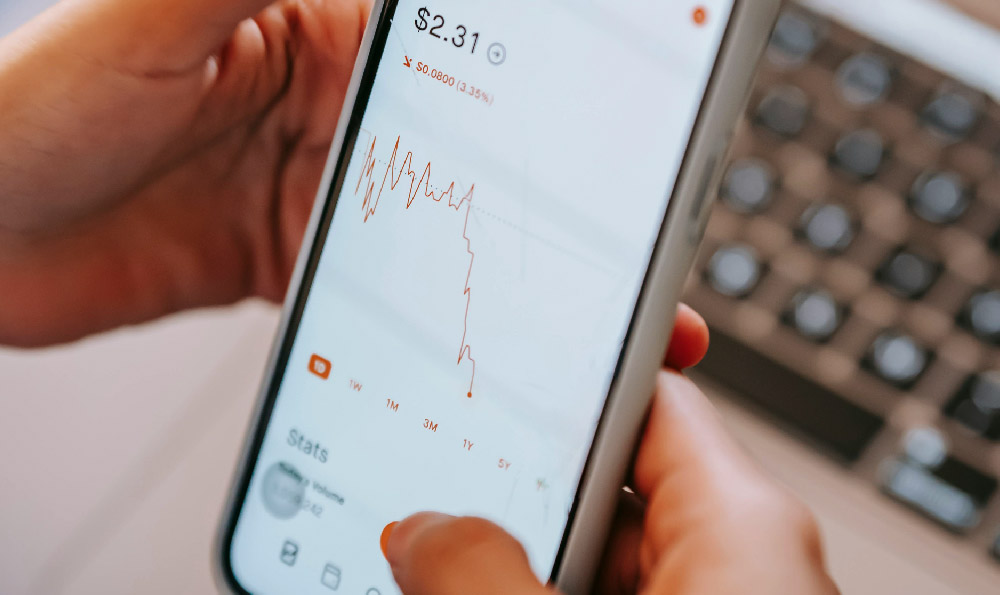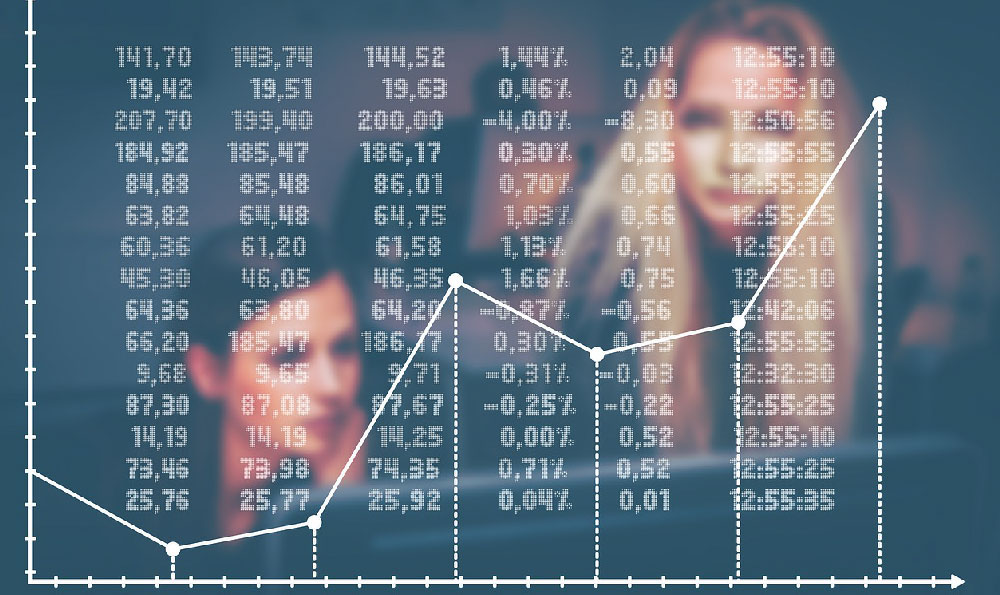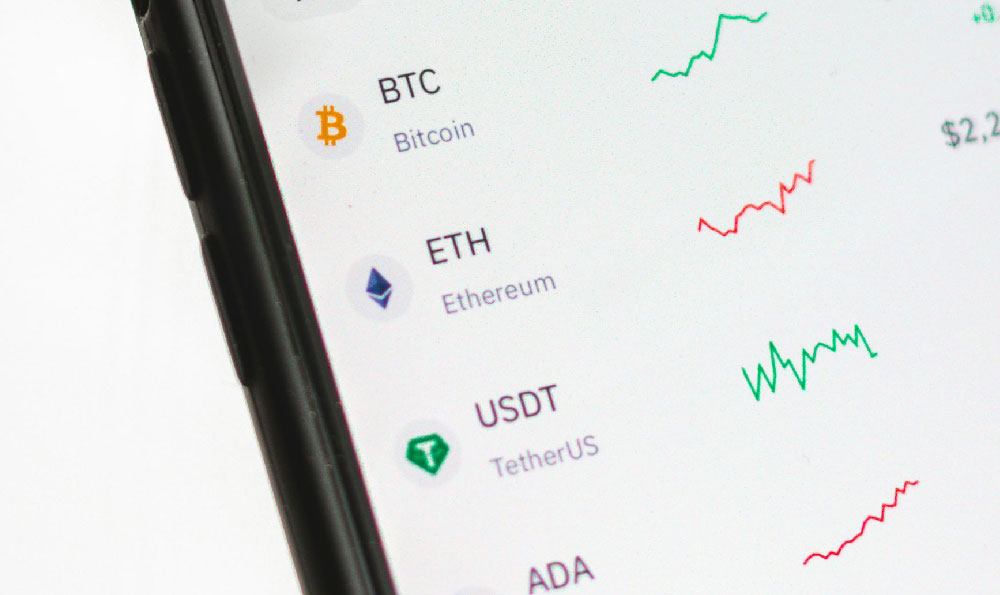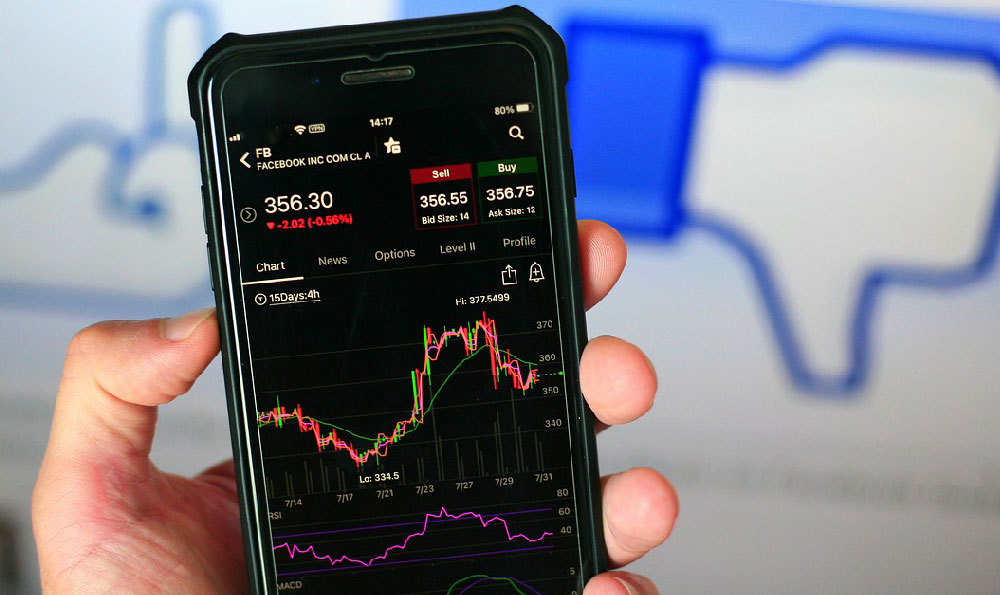DoorDash, a dominant player in the food delivery landscape, presents itself as an attractive option for individuals seeking flexible income opportunities. However, determining the actual earning potential and whether DoorDash is a worthwhile endeavor necessitates a nuanced analysis of various factors. Understanding the intricate dynamics of dashing, from the intricacies of payment structures to the operational considerations of vehicle maintenance and taxes, is crucial for prospective and current dashers alike.
The earnings potential of a DoorDash driver, or "Dasher," is far from a fixed figure. It's a dynamic value significantly influenced by geographical location. Major metropolitan areas, characterized by high population densities and frequent restaurant orders, generally offer higher earning potential compared to smaller towns or rural regions. This is due to the increased frequency of orders and potentially higher base pay offered by DoorDash in areas where demand is substantial. Furthermore, the time of day and week significantly impact earnings. Peak hours, such as lunch and dinner rushes, and weekends typically yield higher order volumes and potentially more lucrative deliveries. Holiday periods, especially those coinciding with restaurant closures or increased social gatherings, can also represent opportunities for increased earnings.
DoorDash's payment structure is comprised of several components, including base pay, promotions, and tips. Base pay is a fixed amount DoorDash pays for each delivery, which can vary depending on the distance of the delivery, the estimated time to complete the delivery, and the desirability of the order. Promotions, such as "Peak Pay," offer additional compensation for deliveries completed during specified periods or in designated zones, incentivizing dashers to work when and where demand is highest. Customer tips represent a significant portion of a Dasher's overall earnings, and the generosity of customers can fluctuate based on factors such as the quality of service, the speed of delivery, and the overall customer experience. Understanding how these payment components interact is key to maximizing earning potential.

Beyond the revenue earned from deliveries, it's essential to consider the operational costs associated with dashing. Vehicle maintenance is a substantial expense, encompassing regular oil changes, tire replacements, brake repairs, and other routine maintenance procedures. Fuel costs can vary significantly depending on the type of vehicle driven, driving habits, and the prevailing fuel prices in the Dasher's area. Insurance is another crucial consideration, as standard personal auto insurance policies may not adequately cover commercial activities like delivery driving. It's often necessary to obtain supplemental insurance coverage to protect against potential liabilities in the event of an accident while on duty.
Furthermore, dashers are classified as independent contractors, which means they are responsible for managing their own taxes. DoorDash does not withhold taxes from Dasher earnings, so it's crucial to set aside a portion of each paycheck to cover federal, state, and potentially local income taxes. In addition, dashers are responsible for paying self-employment taxes, which include Social Security and Medicare taxes. Careful record-keeping of income and expenses is essential for accurate tax reporting and claiming eligible deductions, such as mileage, vehicle expenses, and other business-related costs. Tax preparation software or the assistance of a qualified tax professional can be invaluable in navigating the complexities of self-employment taxation.
The level of effort and dedication a Dasher invests significantly influences their earning potential. Those who actively manage their schedules, targeting peak hours and high-demand zones, are likely to earn more than those who dash sporadically. Accepting only profitable orders, those with a high payout relative to the distance and time required, is a key strategy for maximizing earnings. Maintaining high customer ratings through excellent service and timely deliveries can also lead to increased tip earnings. Furthermore, familiarizing oneself with the nuances of the DoorDash platform, such as understanding the algorithm that determines order assignments and learning how to effectively navigate the app, can improve efficiency and earning potential.
Beyond the purely financial considerations, the inherent flexibility of DoorDash is a significant draw for many individuals. The ability to set one's own hours and work around other commitments is particularly appealing to students, parents, and those seeking supplementary income. However, this flexibility comes with the responsibility of managing one's own schedule and ensuring a consistent workflow. The lack of traditional employee benefits, such as health insurance, paid time off, and retirement contributions, is a significant trade-off to consider. Individuals relying on DoorDash as their primary source of income should carefully evaluate their healthcare needs and retirement savings strategies.
The overall worth of DoorDash as an income-generating opportunity depends heavily on individual circumstances and priorities. For those seeking a flexible side hustle with the potential to earn a few extra hundred dollars per month, DoorDash can be a worthwhile option. However, those relying on DoorDash for full-time income need to carefully evaluate the financial and operational considerations. Calculating the true net earnings, accounting for all expenses and taxes, is essential for determining whether DoorDash provides a sustainable and financially viable income stream. Comparing the earnings potential of DoorDash to other alternative income opportunities, such as other delivery platforms or freelance work, is also a valuable exercise. Ultimately, the decision of whether DoorDash is "worth it" is a personal one, based on a comprehensive assessment of individual needs, financial goals, and risk tolerance. Careful planning, diligent execution, and a realistic understanding of the dynamics of the gig economy are essential for success as a DoorDash driver.


